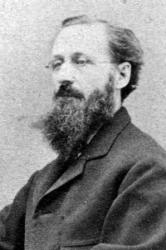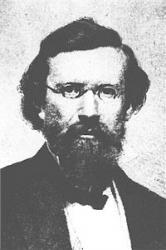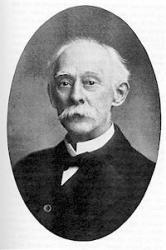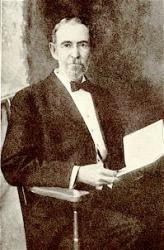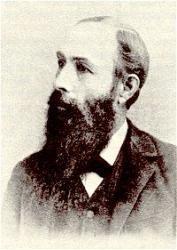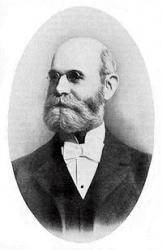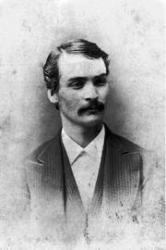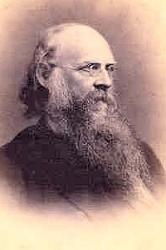
1831 - 1899 Hymnal Number: 11 Author of "Shall We Meet?" in Hymns of Hope Hastings, Horace Lorenzo, was born at Blandford, Mass., Nov. 26, 1831; commenced writing hymns, and preaching, in his 17th year, and laboured as an evangelist in various parts of the U. S. In 1866 he established The Christian, a monthly paper, in which many of his hymns have appeared, and in 1865 the Scriptural Tract Repository in Boston. He published Social Hymns, Original and Selected, Boston, 1865; Songs of Pilgrimage, a Hymnal for the Churches of Christ, Part i., 1880; and in August, 1886, the same completed, to tho extent of 1533 hymns, 450 of which are original and signed "H." The best known of these is "Shall we meet beyond the river," written in N. Y. city, 1858, and lately published as a leaflet in 14 stanzas of 8 lines. The text in Gospel Hymns and elsewhere consists of the 1st half of stanzas i., iv., xi. and ix. The Hastings Birthday Book, extracts from his prose writings, appeared 1886. [Rev. F. M. Bird, M.A.]
-- John Julian, Dictionary of Hymnology
H. L. Hastings


 My Starred Hymns
My Starred Hymns